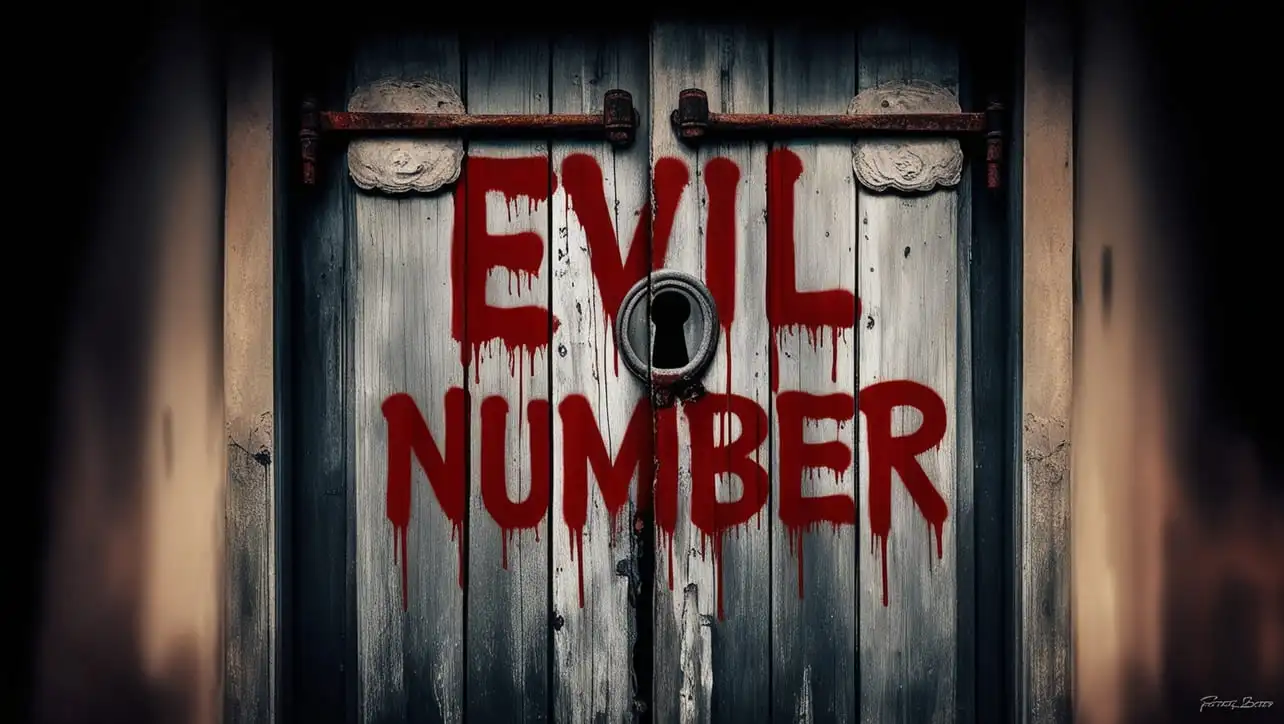
Java Basic
Java Interview Programs
- Java Interview Programs
- Java Abundant Number
- Java Amicable Number
- Java Armstrong Number
- Java Average of N Numbers
- Java Automorphic Number
- Java Biggest of three numbers
- Java Binary to Decimal
- Java Common Divisors
- Java Composite Number
- Java Condense a Number
- Java Cube Number
- Java Decimal to Binary
- Java Decimal to Octal
- Java Disarium Number
- Java Even Number
- Java Evil Number
- Java Factorial of a Number
- Java Fibonacci Series
- Java GCD
- Java Happy Number
- Java Harshad Number
- Java LCM
- Java Leap Year
- Java Magic Number
- Java Matrix Addition
- Java Matrix Division
- Java Matrix Multiplication
- Java Matrix Subtraction
- JS Matrix Transpose
- Java Maximum Value of an Array
- Java Minimum Value of an Array
- Java Multiplication Table
- Java Natural Number
- Java Number Combination
- Java Odd Number
- Java Palindrome Number
- Java Pascal’s Triangle
- Java Perfect Number
- Java Perfect Square
- Java Power of 2
- Java Power of 3
- Java Pronic Number
- Java Prime Factor
- Java Prime Number
- Java Smith Number
- Java Strong Number
- Java Sum of Array
- Java Sum of Digits
- Java Swap Two Numbers
- Java Triangular Number
Java Program to Check Evil Number

Photo Credit to CodeToFun
🙋 Introduction
In the realm of programming, understanding the properties of numbers is a fascinating journey. One interesting concept is that of Evil Numbers.
An Evil Number is a non-negative integer that has an even number of '1' bits in its binary representation.
In this tutorial, we will explore a Java program designed to check whether a given number is an Evil Number.
The program involves converting the decimal number to its binary representation and counting the number of '1' bits.
📄 Example
Let's delve into the Java code that accomplishes this task.
import java.util.Scanner;
public class EvilNumberChecker {
// Function to count the number of set bits (1s) in binary representation
static int countSetBits(int number) {
int count = 0;
while (number != 0) {
count += number & 1;
number >>= 1;
}
return count;
}
// Function to check if a number is an Evil Number
static boolean isEvilNumber(int number) {
// Count the number of set bits in the binary representation
int setBitsCount = countSetBits(number);
// If the count of set bits is even, it is an Evil Number
return setBitsCount % 2 == 0;
}
// Driver program
public static void main(String[] args) {
// Replace this value with the number you want to check
int number = 15;
// Call the function to check if the number is an Evil Number
if (isEvilNumber(number))
System.out.println(number + " is an Evil Number.");
else
System.out.println(number + " is not an Evil Number.");
}
}💻 Testing the Program
To test the program with different numbers, modify the value of number in the main method.
15 is an Evil Number.
🧠 How the Program Works
- The program defines a class EvilNumberChecker containing a static method countSetBits that takes an integer number as input and returns the count of set bits (1s) in its binary representation.
- The static method isEvilNumber checks if the count of set bits is even, indicating that the number is an Evil Number.
- Inside the main method, replace the value of number with the desired number you want to check.
- The program calls the isEvilNumber method and prints the result.
📏 Between the Given Range
Let's explore the Java code that checks for Evil Numbers in the specified range.
public class EvilNumberChecker {
// Function to check if a number is Evil
static boolean isEvilNumber(int num) {
int binaryOnes = Integer.bitCount(num);
return binaryOnes % 2 == 0;
}
// Driver program
public static void main(String[] args) {
System.out.println("Evil numbers in the range 1 to 10:");
// Check for Evil Numbers in the range 1 to 10
for (int i = 1; i <= 10; i++) {
if (isEvilNumber(i)) {
System.out.print(i + " ");
}
}
}
}💻 Testing the Program
Evil numbers in the range 1 to 10: 3 5 6 9 10
Compile and run the program to see the Evil Numbers in the specified range.
🧠 How the Program Works
- The program defines a class EvilNumberChecker containing a static method isEvilNumber that checks if a given number is an Evil Number.
- Inside the method, it uses Integer.bitCount to count the number of set bits (1s) in the binary representation of the number.
- The main function tests the Evil Number check for numbers in the range 1 to 10 and prints the Evil Numbers.
🧐 Understanding the Concept of Evil Number
Before delving into the code, let's understand the concept of Evil Numbers. An Evil Number is a non-negative integer that has an even number of '1' bits in its binary representation.
🎢 Optimizing the Program
While the provided program is effective, consider exploring and implementing alternative approaches or optimizations for checking Evil Numbers.
Feel free to incorporate and modify this code as needed for your specific use case. Happy coding!
👨💻 Join our Community:
Author

For over eight years, I worked as a full-stack web developer. Now, I have chosen my profession as a full-time blogger at codetofun.com.
Buy me a coffee to make codetofun.com free for everyone.
Buy me a Coffee












If you have any doubts regarding this article (Java Program to Check Evil Number), please comment here. I will help you immediately.